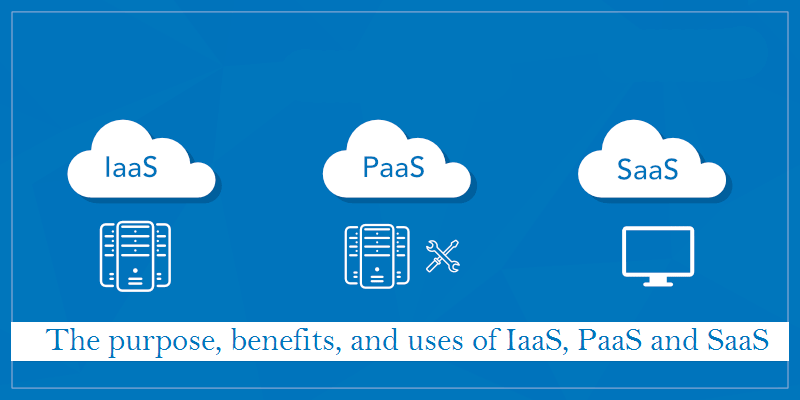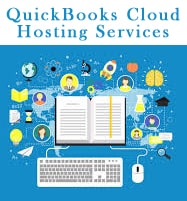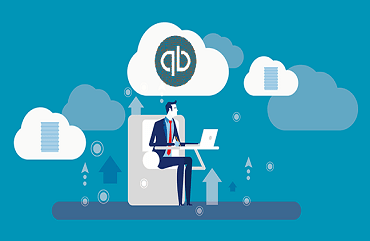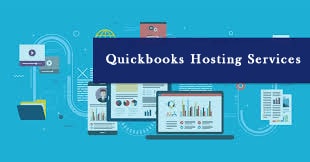The purpose, benefits, and uses of IaaS, PaaS and SaaS

Cloud computing is bringing striking changes to many industries and it is doing wonders for businesses. It is being estimated that in the upcoming future, almost all the businesses from every corner of the globe will start using cloud solutions in one form or another. Whether it is app development or hosting, cloud computing is offering many solutions to businesses of every size. The accuracy, speed and increased productivity that you see in the businesses owing to cloud computing. But do you know that there are different cloud platforms?
In order to use a technological solution, you need to understand it in a better way and the same thing goes for cloud computing as well. The three most popular cloud platforms around which you need to wrap your head are IaaS, PaaS, and SaaS. All these cloud platforms have their own advantages and disadvantages and through this blog, we will discern the purpose, benefit, and uses of all these three platforms so that you can choose the best one for your business according to its need and benefit.
IaaS
Infrastructure as a Service which is also known as cloud infrastructure service is basically a self-service model for accessing, managing and monitoring remote datacenter infrastructures like computing, networking, storage, and networking services. One of the best things about Infrastructure as a Service is that instead of buying hardware by spending a fortune, the user can buy Infrastructure as a Service on the basis of uses, just like how you pay your electricity bill. This helps businesses to cut down cost without compromising the quality and experience of cloud. The IaaS users are responsible for managing runtime, middleware, applications, and even OSes. When it comes to the IaaS provider then they manage servers, virtualization, hard drives, networking, and storage.
Some of the most common examples of IaaS are Amazon Web Services, Microsoft Azure and Google Compute Engine. IaaS is surely the most flexible cloud model and if you are using the IaaS model then deployment of networking, storage, and server will become quite easy for you. In addition to this, Infrastructure as a Service is highly scalable and the user gets complete control over the infrastructure.
PaaS
Platform as a Service is also known as cloud platform service and it provides cloud components to certain software while being used primarily for applications. By using the framework of PaaS, developers can easily get a tailor-made platform for building applications without breaking the bank. All the components of PaaS model like servers, virtualization can be either managed by the enterprise or the Platform as a Service provider. The developers in the case of PaaS are responsible for managing the applications. In this advanced and popular cloud model, the platform is provided for writing software. This tailor-made platform is delivered over the web and this allows the developers to focus on the development of software instead of worrying about operating systems, storage or infrastructure.
With the help of PaaS, businesses can build applications that are made in the PaaS with unique software components. These applications are sometimes called as middleware and in addition to being highly available, they are scalable as well. Some of the most common advantages of Platform as a Service are scalability, cost-effectiveness, easy customization, automation for business policy, seamless migration to the hybrid model, reduced need for coding and much more. In the PaaS model, the resources can be easily scaled up and scaled down owing to virtualization technology.
SaaS
Software as a Service is also known as cloud application services and it is one of the most used cloud platforms by businesses of all shapes and sizes. In the SaaS model, the applications are delivered by using the internet. The delivered application is basically managed by the third-party vendor. There are many SaaS-based applications that run directly from your browser. This means that you don’t need to download or install these applications. Because of the web delivery model, there is no need to have IT staff in your premises for downloading or installing software on every computer. In the case of SaaS, the third-party vendor is responsible for managing everything, from storage to servers. SaaS offers many advantages to the user in comparison to the traditional method of using software. If you will be using SaaS-based application then you will not need to spend time on managing, installing, downloading, and updating software solutions.
SaaS is always managed from a central location and hosted on a remoter server. Along with this, the SaaS applications are simply accessible over the internet through the web browser and users are never responsible for hardware or software updates. This reduces the hassle for small and medium-sized businesses since they already have more on their plate.
All three models of cloud have their own advantages and this is why there is nothing like the best cloud computing model. If you are a small business and have got no time for launching your eCommerce site then SaaS will be the best cloud computing model for you while on the other side, if multiple developers are working on the same project from distant locations then PaaS will be the best option. In addition to varying in advantages, even the purpose of these cloud models is different.




